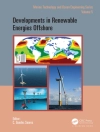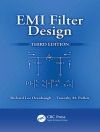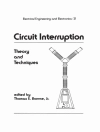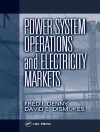Since the first edition of Fracking was published, hydraulic fracturing has continued to be hotly debated. Credited with bringing the US and other countries closer to ‘energy independence, ‘ and blamed for tainted drinking water and earthquakes, hydraulic fracturing (‘fracking’) continues to be one of the hottest topics and fiercely debated issues in the energy industry and in politics.
Covering all of the latest advances in fracking since the first edition was published, this expanded and updated revision still contains all of the valuable original content for the engineer or layperson to understand the technology and its ramifications. Useful not only as a tool for the practicing engineer solve day-to-day problems that come with working in hydraulic fracturing, it is also a wealth of information covering the possible downsides of what many consider to be a very valuable practice. Many others consider it dangerous, and it is important to see both sides of the argument, from an apolitical, logical standpoint.
While induced hydraulic fracturing utilizes many different engineering disciplines, this book explains these concepts in an easy to understand format. The primary use of this book shall be to increase the awareness of a new and emerging technology and what the various ramifications can be. The reader shall be exposed to many engineering concepts and terms. All of these ideas and practices shall be explained within the body. A science or engineering background is not required.
Tentang Penulis
Michael D. Holloway has worked in industry for 35 years in research and development, technical marketing, equipment reliability and sales. He has written books on spend analysis, specification development, failure interpretation as well as process plant equipment operations, control, and reliability, the Dictionary of Industrial Terms and recently a bestseller on Hydraulic Fracturing. He holds a BS in chemistry, a BA in philosophy and a MS in engineering. Holloway is a Certified Lubrication Specialist (CLS), Oil Monitoring Analyst (OMA I) through Society of Tribology and Lubrication Engineers, a Level I Machinery Lubrication Technician (MLT I) and a Machinery Lubrication Analyst (MLA I) through International Council for Machinery Lubrication as well as an elected member of the Russian Academy of Natural Science.












